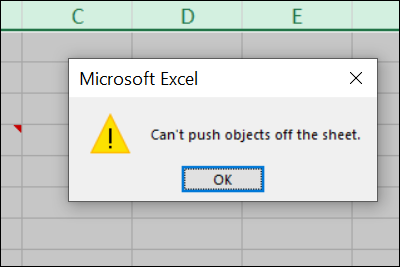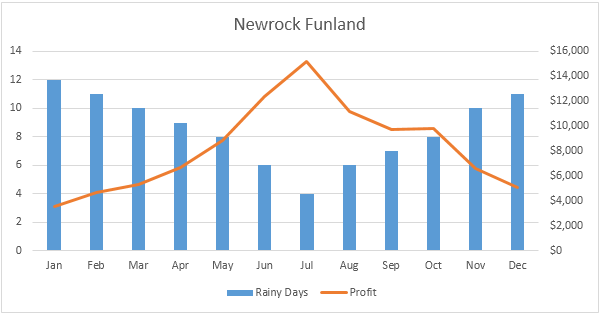

In the PivotTable Options dialog box, select the Data tab, and do the following: On the PivotTable Analyze tab, in the PivotTable group, select Options. If your spreadsheet contains a pivot table, you can reduce the file size by not saving the pivot table source data cache with the file and instead having the data cache refresh when you open the spreadsheet. This option removes the cropped picture data, but note that you won't be able to restore it. If this option is selected the changes you make here will only affect the selected picture. To compress all the pictures in the file, clear Apply only to this picture. Under Compression options, do the following: On the Picture Format tab, in the Adjust group, select Compress Pictures. The Picture Format tab appears on the ribbon. In most cases, you won't need the resolution to be higher than that.

In the Default resolution list, select a resolution of 150ppi or lower. Make sure that Do not compress images in file is not selected. Note that if you discard the editing data, you won't be able to restore the image. This option removes stored data that's used to restore the image to its original state after it's been edited. Under Image Size and Quality, do the following: Under Image Size and Quality, do the following: Select Discard editing data. Removing unused data will reduce your file size. The more data points you have in your workbook, the larger your file size will be.

If you have worksheets with data that you're not using-and that don't contain any formulas you're using-delete them from the spreadsheet. In the Save as type list, select Excel Binary Workbook (*.xlsb). If you want to keep the default to Excel Workbook (.xlsx) but save the current file as binary, select the option in the Save As dialog box: This option sets binary format as the default. Under Save workbooks, in the Save files in this format list, select Excel Binary Workbook.

However, for most purposes, the binary format is sufficient and saves to a smaller file. If your tab names are as long as you say you can widen. Now all your tab names are in the Name box at the top left of the spreadsheet above cell A1 and selecting the appropriate sheet from the dropdown is easy. Name Cell A1 in each of the 35 sheets with the associated sheet name. The default format is XML based, which is important if you're using your data with third-party programs because XML is an open standard. No, but you can go to the Formulas tab and select Name manager. You can reduce your file size by saving your spreadsheet as a binary workbook (.xslb) instead of the default format (.xslx). The macro steps through each sheet in the workbook, changing only the PaperSize property so that the sheet will print on A4 paper.Save your spreadsheet in binary (.xslb) format If you only want to change the paper size and don't want to change any other settings, your only recourse is to use a macro to do the change. There is a drawback to this approach, however: If individual worksheets have differing page setup settings (different orientations, margins, headers, footers, etc.), then following these steps will set them all the same. That's it the paper size is now set for all the worksheets. Re: Can't resize Excel spreadsheet in response to Charles Swigart There is an easier solution than changing screen resolution: mouse over the top of the title bar of the document until the vertical arrow shows up and then you can drag down the top of the document, shrinking it from the top. Using the Paper Size drop-down list, choose A4.The Page tab of the Page Setup dialog box. Excel displays the Page Setup dialog box. All the worksheet tabs should now be selected. There is a quick way to make the change by following these steps: Bob has a workbook that has about fifteen worksheets in it, and he needs to change the page format for all the worksheet from Letter to A4.


 0 kommentar(er)
0 kommentar(er)
